Most tire manufacturers recommend replacing tires after they reach six years of age. They embossed the tire manufacture date along with other critical information on the product’s sidewall.
As you read these inscriptions, you might find the letters and numbers confusing. So, how to read Michelin tire date codes?
Michelin tire dates can be found in the last grouping of 3 or 4 numbers in the DOT tire code. The first two digits represent the week of manufacture while the last two numbers specify the year the tire was produced. For instance, a DOT code that ends in “0512” means the tire was made in the 5th week of 2012.
Table of Contents
Whether you like it or not, tires expire after ten years at the latest because they contain organic materials that degrade over time. For example, tires made of rubber lose their elasticity as they age.
Some tires may break down faster than other brands because the compounds react differently to various factors like heat, ice and other driving conditions. So not knowing when exactly to replace them may compromise your safety.
For these reasons, tire manufacturers use markings to help vehicle owners estimate how long they can use certain products, even if the brand promises strong treadwear warranty like Michelin.
There is no specific regulation that standardizes the placement of any tire date code Michelin inscribes, but there are two ways to find this information.
1. Use the tire date code chart printed in your dealer registry card.
2. Check the DOT tire code in the inner or outer sidewall of your tire.
Check the DOT tire code in the inner or outer sidewall of your tire.
To make sure that you know how to tell when tire was made, it is important to familiarize yourself with the type of information included in Michelin DOT code lookup.
The Michelin tire sidewall displays three sections of sequences. They are:
1. Tire Specification
This is the most visible section because it reveals the following:
In brief, it may look like this: P 245/50 R17 98V
Note that if you don’t find any “P” letter in the code, it means that the tire follows Euro metric size.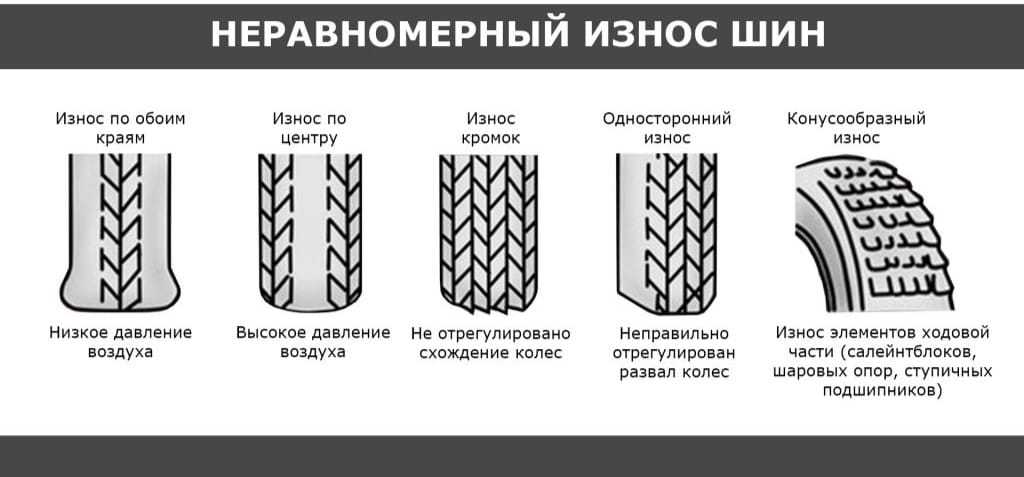 Such a model will have a higher load than its P-metric counterpart.
Such a model will have a higher load than its P-metric counterpart.
2. Michelin Tire DOT Code Decoder
After the word “DOT,” you’ll find the plant location, manufacturing code, and the tire’s birthday.
In other words, the Michelin tire manufacture date can be found at the end of the second section. They are the last four digits of the tire code, usually below the tire specs.
This sequence is also called the DOT safety code or DOT TIN (Department of Transportation Tire Identification number). It can be up to 13 characters.
3. UTQG rating
UTQG stands for Uniform Quality Tire Grading. This section shows the tire’s treadwear, traction, and temperature grades as determined by National Highway Traffic Safety Administration (NHTSA).
The DOT stamp has the following codes in order from first to last:

For example, 001x and 002x were traced in a complaint for Michelin Pilot Sport.
So if you feel that the manufacturing code is unusual like 006x or 009x, it’s not the date the tire was made. You’ll need to focus on the next few digits for that, which are the year and week codes.
Remember that the tire date code before 2000 has three numbers in the last grouping of the DOT sequence. The first two digits represent the week of the year while the third or last number indicates the year of manufacture.
For example, if the DOT code ends with “214,” it means the tire was built during the 21st week of 1994.
Meanwhile, models made after 2000 will have four numbers, wherein the first two digits specify the week the tire was made and the remaining two digits refer to the manufacture year.
As an illustration, if the last four numbers of the DOT code are “0514”, then the tire was made in the 5th week of 2014.
Now that you know how to identify which code stands for tire manufacture date location and other info, you can calculate Michelin tire age.
Even if Michelin produces different designs of sidewalls, be assured that the date code on Michelin tires is always printed on both sides of the sidewalls.
Learning how to read Michelin tire date codes is a basic skill for vehicle owners.
At first, the tire markings may seem confusing because they use different sets of letters and numbers. It is possible to mix up the week of manufacture with the production year.
Reading the codes on the tire’s sidewall will be a piece of cake if you familiarize yourself with the arrangement of the information such as the DOT, plant code, manufacturing code, etc.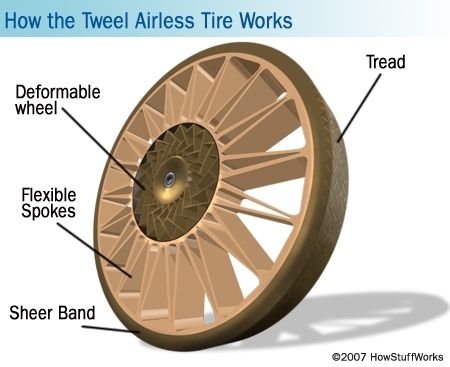
If you find this guide helpful, feel free to tell us other topics you would like to learn about.
I'm Henry, the content writer for PPMC Transport. We build our site entirely on experience and extensive market and customer research. My goal is to create a trusted platform where people can go to determine what is best for their vehicles in terms of safety and convenience. Keep an eye out for our useful guide!
- Speciale Henry
Add a header to begin generating the table of contents
E Rated Tires: Understanding Load I...
Please enable JavaScript
The Michelin dot code lookup is a handy tool that can help you identify the sidewall of your tires and make sure they are inflated properly. Michelin makes tires with different types of sidewalls, such as: open, closed, bias ply, and radial. It’s important to know which type of sidewall your tire has so you can look up what PSI you need to inflate it.
It’s important to know which type of sidewall your tire has so you can look up what PSI you need to inflate it.
It’s easy to check by pulling your tire off of the rim.
Michelin dot code lookup is a useful way to find out the size of a tire that was replaced for your car. The service can be done from home by entering in the information from the old tires and the new ones. The tool will generate a list of Michelin tires that match your car’s specifications.
To lookup the DOT code on a Michelin tire, you will need to find the DOT code on the sidewall of the tire. The DOT code is a series of numbers and letters that provide information about the tire, such as its manufacturing date and plant location.
The first two numbers represent the week of manufacture, and the next two numbers represent the year. For example, a tire with the DOT code “0122” was manufactured in the first week of 2022
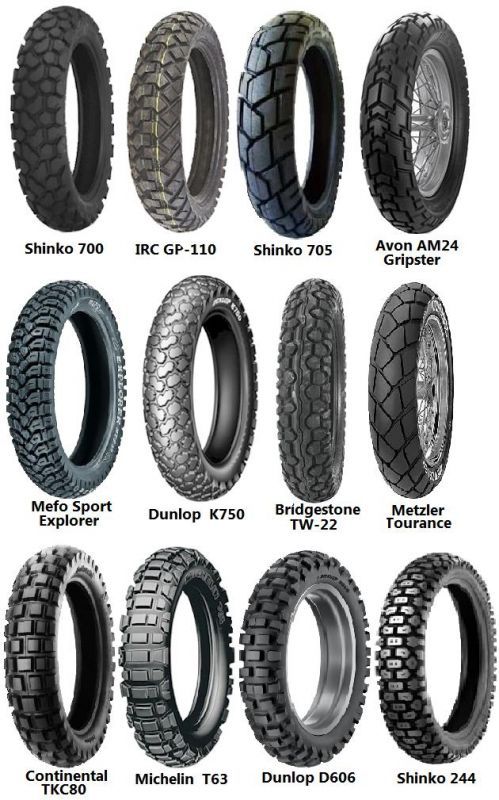
The Michelin Dot Code is a way to identify the tire’s size, as well as the production date and the plant where it was produced. The first two digits on the front of the tire indicate what type of car it belongs to, so it’s important to know your vehicle’s make before looking up this code.
This number can be found on your vehicle’s registration or title. The next four digits are your tire size located on the sidewall of the tire. The final two numbers are the production day and the plant that made the tire.
The information that is necessary for your safety and the protection of your customer is printed on the side of a tire. You will have a far better understanding of the performance of each tire if you are able to read the marks on the sidewalls. You will also receive information that will be helpful while installing the tyre and performing maintenance on it.
Temperature, Traction and Treadwear
The temperature scale goes from A to C, with A being the best and C being the worst. When it comes to traction, an AA rating denotes the highest performance, while a C rating suggests the poorest.
The treadwear rating of a tire may be determined by looking at the number; a higher number indicates that the tire will last longer, so as an indication all-season tire can go as high as 700.
The Michelin DOT code of a tire may be found on the sidewall. In this case, one of the most important pieces of information that can be gleaned is when the tyre was created. Since the year 2000, the date component of the code – the final digits – has been made up of four numbers, rather than the traditional three.
If you’re restoring a vehicle, you might be able to find its dot code by looking up the year on the vehicle’s registration or title.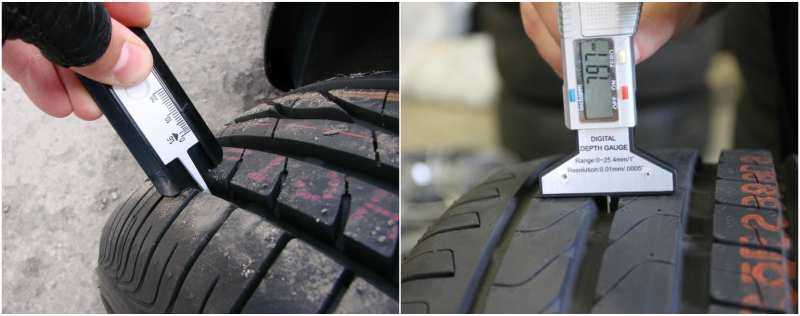 The next time you go to buy a new set of tires, check to see if the tire pressure on your car is about the same as the PSI on the sidewall.
The next time you go to buy a new set of tires, check to see if the tire pressure on your car is about the same as the PSI on the sidewall.
Simply it means Zero PressuRun-flat technology in MICHELIN® Zero Pressure tires enables you to travel up to 50 miles at 50 mph with a flat tire, allowing you to save money on gas.
Tires for automobiles and trucks are obliged to show a Department of Transportation (DOT) code, which contains all the information necessary to determine the precise age of your vehicle’s tyres.
When looking at the sidewall of a tyre, look for the Michelin DOT code, which is often a three or four-digit number preceded by a series of letters and numbers.
There are no expiration dates on Michelin tires, *Michelin claims.
Michelin makes a variety of tires that may be used as Run Flats.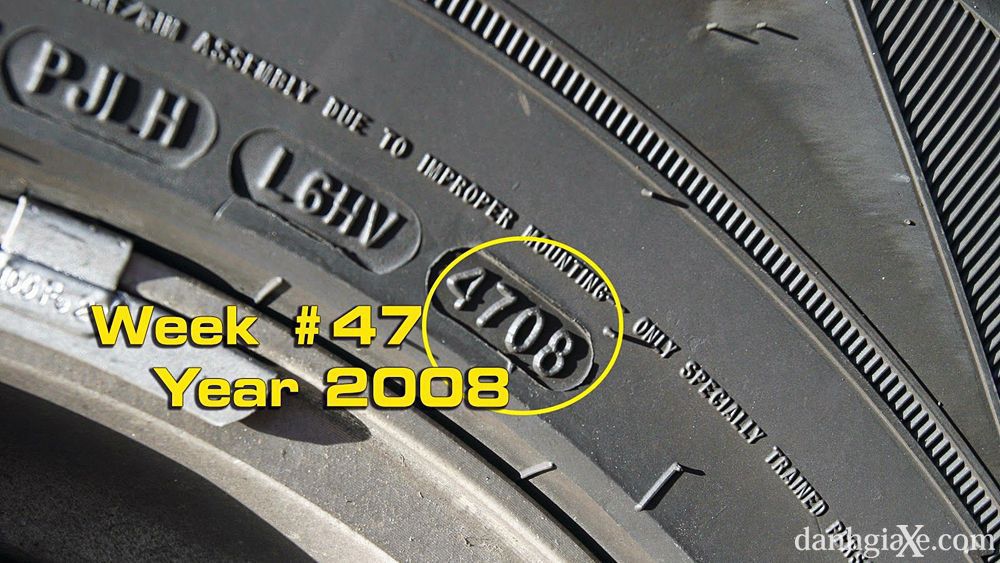 The sidewall of a Michelin tire is marked with the letter ZP to indicate that it is a Run Flat tire. This sign may be seen on the sidewall of the tires you presently have installed on your car.
The sidewall of a Michelin tire is marked with the letter ZP to indicate that it is a Run Flat tire. This sign may be seen on the sidewall of the tires you presently have installed on your car.
Mitchelin tires are a popular brand that has soared in popularity over the last decade. The company was founded in 1966 by Ray Mitchel, and were much more expensive to buy than the competition when they first came out. This led many people to believe that they were not worth the higher price tag. However, since then, the company has released newer models of their tires with improved performance and lower prices, which have made them a much better value for your money.
For decades, Michelin has been the gold standard for quality tires. It is not uncommon for people to replace their tires after 10 years or 100 thousand miles. However, there are plenty of tire companies that rival Michelin’s status as a premium tire company. Many drivers are discovering that other brands, such as Goodyear and Bridgestone, offer products that can do everything Michelin can do at a lower cost.
Is Michelin a quality brand worth the price? The short answer is yes. Michelin is known for producing high quality tires in several different models, with their most popular tire being the Michelin Premier A/S. The Premier A/S is placed in groups that are based on size and type of car.
Michelin brand tires are by far one of the most popular brands among consumers.
Mitchelin tires are one of the most popular tire brands in the world. One of the reasons for this is because there are many different types of Mitchelin tires that are designed for specific needs. For instance, if you have a large SUV built to carry heavy loads, you would be looking for a tough tire with high performance capabilities so it can handle heavy loads, but if you have an old economy car, you would likely want to look into budget conscious options.
Many modern drivers, when buying a set of car tires for any season, often ask themselves - what is the year of manufacture of the purchased tires?
Naturally, sellers, whether used material or new, of course, will say the year is newer than it really is.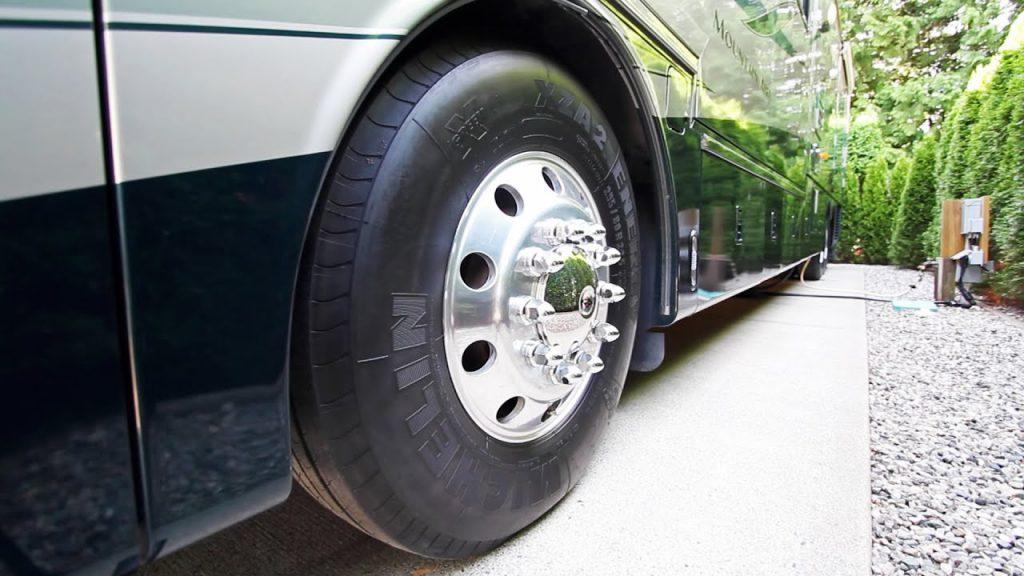 And here you only need to rely on yourself to understand how old the tires really are.
And here you only need to rely on yourself to understand how old the tires really are.
We will tell you how to determine the age of car tires and what methods exist for this.
Contents
Regarding the novelty, this will be true, but there may be slight misconceptions about the exact year of manufacture, since there are a large number of car tire sets in the world that were not sold and, accordingly, were not used for their intended purpose.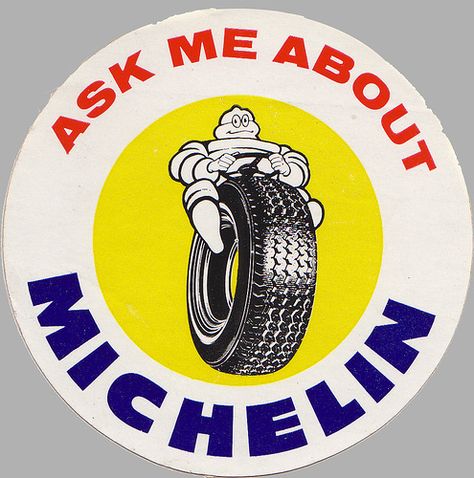 These tires could lie on the counter for a week or several years. How to be in this case and find out how old the tires are?
These tires could lie on the counter for a week or several years. How to be in this case and find out how old the tires are?
In this case, the marking of car tires will help you, on which information about the manufacturer and year of manufacture must be indicated. On car tires from the French manufacturer Michelin, you will definitely be able to find such information, it is enough to carefully examine the side of the tire to see an engraved marking on it indicating the necessary data. However, there are cases when, due to wear, the marking is not visible or is read very poorly. In this case, you can only determine the age of car tires approximately, by eye.
Determining the age of Michelin car tires is quite an important undertaking for drivers, because it is necessary to always correctly evaluate the life of the car tires used, the margin of safety and all key performance characteristics. When determining age, drivers can also find out the approximate life of purchased car tires from the French manufacturer Michelin, which will help drivers determine how long he will use a set of tires.
It's not a secret for anyone that car tires from the French manufacturer Michelin have a fairly long service life. In general, the manufacturer claims that his products may not lose their best qualities for at least 3-4 seasons. This suggests that, in principle, these tires can be used for 5-6 years. In fact, this is a fairly long period, which indicates a very large resource.
This is true - Michelin tires have a very serious margin of safety, which is manifested due to the fact that the manufacturer, in the manufacture of all modifications of his own products, used the optimal composition of the components that were included in the rubber compound of Michelin tires. These are absorbent gels, and synthetic substances, and natural rubber. Together, the combination of these components made it possible to use tires of very high quality, which still delight a large number of drivers, not only in Europe, but throughout the world.
Despite the fact that Michelin car tires have a fairly serious margin of safety, nevertheless, it is necessary to preserve this advantage of your tires in order to use them as long as possible.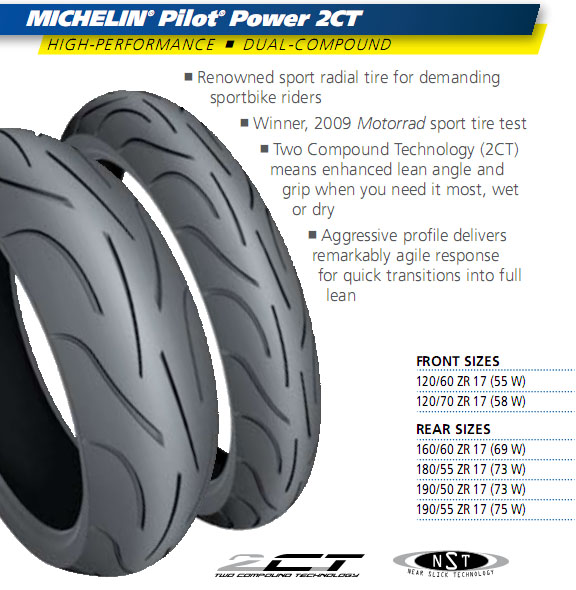 In fact, in order to keep Michelin tires in excellent condition for a long period of time, you just need to follow a few rules.
In fact, in order to keep Michelin tires in excellent condition for a long period of time, you just need to follow a few rules.
First, you need to move as carefully as possible. This is a rather abstract concept, since each driver has his own driving style, from which it is very difficult to deviate in favor of something. You just need to try to drive on a level surface, as well as ensure a driving style in which you will have a minimum of sharp maneuvers - turning, starting, braking, drifting, etc. These are the factors that can have a serious impact on the final quality of your Michelin tires.
Secondly, at the time when the season of use of your tires ends, you need to store them in a strictly defined place under certain conditions. It is well known that rubber products tend to contract and expand, and this can ultimately play into the reduction of the strength characteristics of Michelin car tires during a long period of storage in inappropriate conditions - even though Michelin car tires have excellent rubber quality.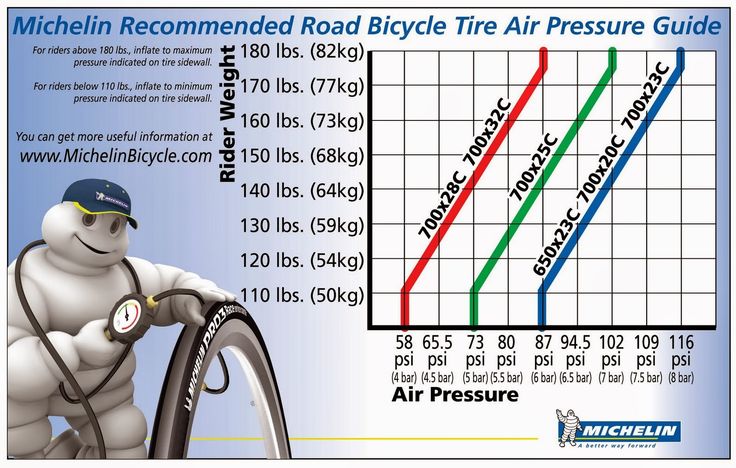
Third, when changing kits at the start of the new season, be careful when removing tires. Even such durable and dense tires as the French manufacturer Michelin's car tires are sensitive to strong deformations and external influences, therefore, also exercise maximum caution and be extremely careful.
As it becomes clear, there are quite a few ways to find out the age of Michelin car tires. Most importantly, try to determine the age as approximately as possible, since it is very, very difficult to determine the exact age, especially if car tires have already been used by any driver before.
The most important thing to pay attention to when determining age is determining the tread height of Michelin tires. To do this, it is enough to measure this value as accurately as possible and compare it with the standard value. If the difference between these values is relatively small, then the age of such tires will also be small. With an increase in this value, the age of car tires will also increase accordingly.
If the difference between these values is relatively small, then the age of such tires will also be small. With an increase in this value, the age of car tires will also increase accordingly.
The most important thing for drivers is to try to keep the quality of the used Michelin car tires for as long as possible. To do this, it is enough to treat rubber products as carefully and accurately as possible.
Tire marking is an extremely useful thing. Each tire has its own designations indicating the date of issue of the product, tire size, information about the manufacturer, tire composition and other additional designations. Understanding what these letters and numbers mean will help you find the best quality car tires that are ideal for your specific application.
How to choose the right tires, find out their characteristics and year of manufacture can be found in this article. Here you can also find useful tips on buying used tires, and how age affects the grip properties of tires.
Here you can also find useful tips on buying used tires, and how age affects the grip properties of tires.
Contents:
First of all, you should pay attention to the age of the product. This parameter is indicated closer to the inside of the tire and is indicated by four digits. Finding the date of manufacture is easy. The decoding is as follows - the first two digits indicate the week of manufacture of the tire, and the last digits indicate the year of manufacture of the product.
For example, if the number 2711 is on the tires, then the designation is deciphered as follows: the tire production date is the 27th week of 2011. If a three-digit code is indicated on tires, this indicates that the year of manufacture of the product is earlier than 2000.
Such tires, produced in the last century, had a three-digit designation, where the last digit indicated the year of production. However, such tires should be avoided - due to their advanced age, the grip properties of rubber no longer meet the specified requirements. Even if you bought a conditionally new tire that was released so many years ago, it will not be suitable for safe operation due to the natural aging of rubber.
The date of manufacture of a tire can be a determining factor when buying shoes for a car. Each rubber has its own shelf life. Even if the mileage of the tires is extremely low, you can't ride the same set for the rest of your life.
Over time, tires are exposed to the damaging effects of the environment. Inside the mixture, sulfur compounds are destroyed, and the tread itself becomes less elastic. Such tires lose their properties and rubber simply refuses to provide the proper level of grip.
Independent researchers analyzing serious accidents in a number of European countries have found a very interesting fact. Most accidents are caused by cars with old tires. Regardless of how famous the manufacturer is, any Bridgestone, Nokian, Yokohama or Dunlop tires have a certain life span. The average value is 6-7 seasons, although the French manufacturer Michelin gives a more optimistic forecast of 8-9 years at constant standard loads.
When it comes to high-speed yokohama or dunlop tyres, the dates of manufacture carry more weight. Rubber that experiences high speed loads loses its properties faster. Therefore, it is advisable to change such tires every 3-4 seasons. This applies to products with speed index H and above.
To determine the speed index on a tire, look at the sidewall. The year of manufacture is written on the inside of the wheels, and the load index along with the speed category is located on the outer diameter. The letters H, V, W or Y indicate high speed loads. These letters correspond to the maximum speed of 210, 240, 270 or 300 km / h, respectively.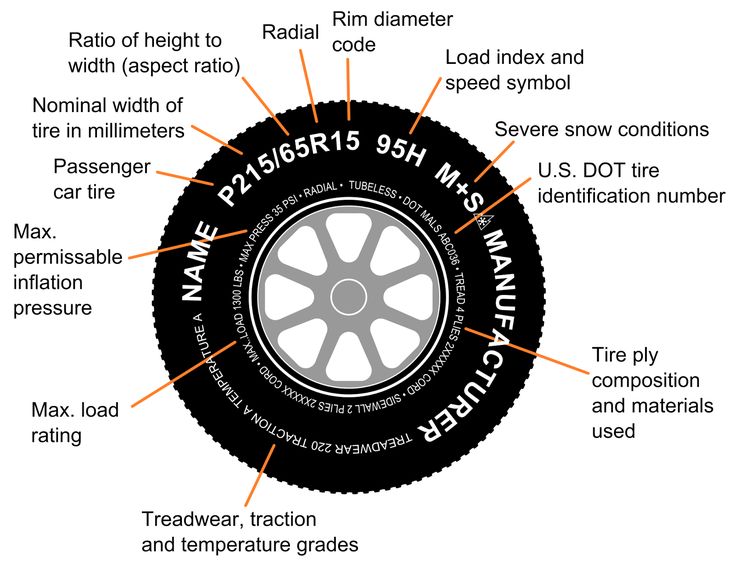 Such kits should be changed more often.
Such kits should be changed more often.
Winter tires have an additional pictogram in the form of a snowflake or the Latin letter W, which stands for Winter (winter). The winter tire mix consists of softer grades. These wheels require more attention. Due to the special composition, the tire shelf life is reduced to 4-5 years. These parameters are recommended by the leading manufacturers Michelin or Nokian, after which it is recommended to replace the kit.
It should be understood that the year of manufacture of tires is not always an accurate indicator for changing shoes. Much depends on the operating conditions. With intensive driving, you can roll the kit in one season. An excellent indicator of tread wear are Twi marks applied around the entire circumference of the wheel. The deepest is at a tread height of 1.6 mm (for winter tires -2 mm) and is the minimum allowable.
Also, if tires have been stored incorrectly, their shelf life is also reduced. The question - how to properly store rubber is also relevant. If the kit is without discs, then you should store the wheels standing up, turning them over once a month. It is not recommended to hang the kit, as constant pressure on the cord can break its integrity. Tires with rims can be stacked horizontally on top of each other or hung, but you should not put them vertically in one position.
The question - how to properly store rubber is also relevant. If the kit is without discs, then you should store the wheels standing up, turning them over once a month. It is not recommended to hang the kit, as constant pressure on the cord can break its integrity. Tires with rims can be stacked horizontally on top of each other or hung, but you should not put them vertically in one position.
We have already discussed how to determine the year of manufacture of tires, and up to what age the set is suitable for use. Now it's worth talking about buying rubber bu. These rules will help you choose the right kit and keep your chassis, while ensuring the safety of movement.
First of all, you need to find out the year of manufacture of the tire - look at the four numbers closer to the inner circle. It is advisable to abandon the rubber, produced more than 4 years ago.
Each manufacturer has standards for mileage and tread wear.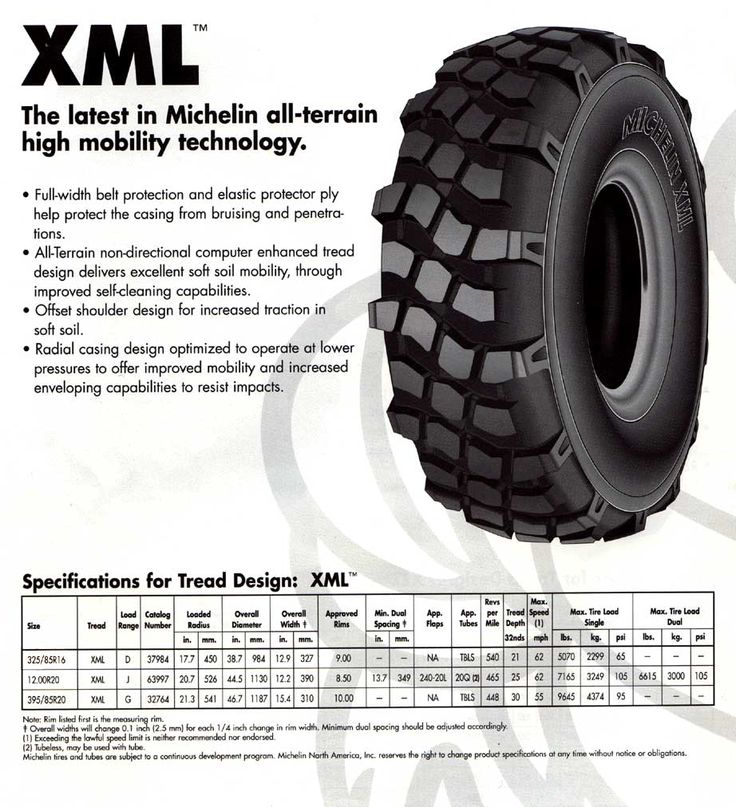 For all representatives of the tire industry, this is 1.6 mm for summer and 2 mm for winter tires. If you decide to check the profile height, you must remember that there must be a margin relative to the specified value.
For all representatives of the tire industry, this is 1.6 mm for summer and 2 mm for winter tires. If you decide to check the profile height, you must remember that there must be a margin relative to the specified value.
Initially, it is worth finding out the degree of suitability of tires. With all sorts of cracks or tears, coupled with missing lamellas, you should refuse to buy. It is also necessary to examine the inside of the wheel. Here, moments can open that are not visible from the outside. If a problem is found there in the form of various internal patches, traces of hernia repair or sealant, it is better not to buy such a kit. This rule must be absolute.
When buying a set of tires, you need to know the date of manufacture of each wheel. It happens that the whole set consists of rubber of different ages. This allows us to conclude that the set was assembled from spare wheels or they changed during operation. When buying such tires should be treated with extreme caution.